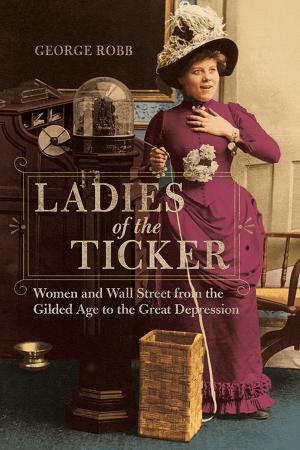Leonard Bernstein and the Language of Jazz
Nonfiction, Entertainment, Music, Music Styles, Jazz & Blues, Jazz| Author: | Katherine Baber | ISBN: | 9780252051210 |
| Publisher: | University of Illinois Press | Publication: | March 16, 2019 |
| Imprint: | University of Illinois Press | Language: | English |
| Author: | Katherine Baber |
| ISBN: | 9780252051210 |
| Publisher: | University of Illinois Press |
| Publication: | March 16, 2019 |
| Imprint: | University of Illinois Press |
| Language: | English |
Leonard Bernstein's gifts for drama and connecting with popular audiences made him a central figure in twentieth century American music. Though a Bernstein work might reference anything from modernism to cartoon ditties, jazz permeated every part of his musical identity as a performer, educator, and intellectual. Katherine Baber investigates how jazz in its many styles served Bernstein as a flexible, indeed protean, musical idea. As she shows, Bernstein used jazz to signify American identity with all its tensions and contradictions and to articulate community and conflict, irony and parody, and timely issues of race and gender. Baber provides a thoughtful look at how Bernstein's use of jazz grew out of his belief in the primacy of tonality, music's value as a unique form of human communication, and the formation of national identity in music. She also offers in-depth analyses of On the Town, West Side Story, 1600 Pennsylvania Avenue, and other works to explore fascinating links between Bernstein's art and issues like eclecticism, music's relationship to social engagement, black-Jewish relations, and his own musical identity.
Leonard Bernstein's gifts for drama and connecting with popular audiences made him a central figure in twentieth century American music. Though a Bernstein work might reference anything from modernism to cartoon ditties, jazz permeated every part of his musical identity as a performer, educator, and intellectual. Katherine Baber investigates how jazz in its many styles served Bernstein as a flexible, indeed protean, musical idea. As she shows, Bernstein used jazz to signify American identity with all its tensions and contradictions and to articulate community and conflict, irony and parody, and timely issues of race and gender. Baber provides a thoughtful look at how Bernstein's use of jazz grew out of his belief in the primacy of tonality, music's value as a unique form of human communication, and the formation of national identity in music. She also offers in-depth analyses of On the Town, West Side Story, 1600 Pennsylvania Avenue, and other works to explore fascinating links between Bernstein's art and issues like eclecticism, music's relationship to social engagement, black-Jewish relations, and his own musical identity.















